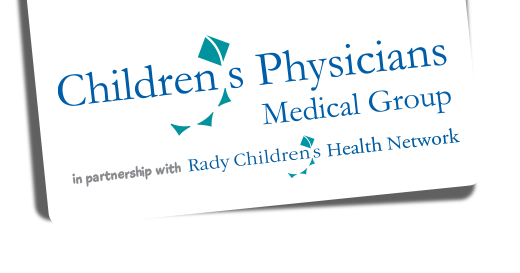Anna Mendenhall, MD, FAAP
http://www.youtube.com/watch?v=ttNzvnBhD0Y
This time of year (once kids are back in school) we start to get busier in our office due to infections circulating that students are sharing. Some of this is good, building their immune system….some of this is not so good! How can you help prevent your child from bringing them home?
Common Cold:
What it is: More than 200 different viruses that can cause a runny nose, sneezing, coughing, a sore throat and a low grade fever the first few days. You can expect your child to get 10-12 colds per year the first few years they are in school. This does not mean they have a weak immune system, it means they are building immunity and in the future won’t get the same cold they just had. You don’t need to see a physician unless the cold is accompanied by a high fever, lethargy, rash or if symptoms are worsening.
Incubation period: Two to three days.
What to do: Let your child get plenty of rest and fluids. Make sure your child takes a good multi-vitamin and takes probiotics to help boost their immune system. Over-the-counter medicines can relieve symptoms but there is no cure.
Conjunctivitis:
What it is: A bacterial or viral infection causing red and itchy eyes, discharge, blurred vision and tearing. Commonly referred to as “pink eye”.
How to prevent: Good hand washing and keeping hands off the face.
Incubation period: Bacterial conjunctivitis incubates for 24-72 hours, while the viral form incubates for anywhere from 12 hours to three days.
What to do: Keep your child home until seen by a physician. 24 hours after treatment begins, symptoms should be clearing and they may return to school if the infection is bacterial. Viral conjunctivitis is more difficult to treat and your child may need to stay at home for longer.
Fifth’s Disease:
What it is: A mild rash which starts on the cheeks and then spreads to limbs.
Incubation period: Four to 14 days.
What to do: Because it is so mild, children can usually recover on their own, but a doctor should first confirm that the rash is fifth disease. If the child has been in close contact with a pregnant woman, she should talk to her doctor!
Head Lice:
What it is: A parasitic insect found on scalps and in hair that cause itching and irritability.
How to prevent infection: Use one of many different over the counter herbal sprays or shampoo and conditioners designed to repel lice daily.
Incubation period: Eggs or nits, take one week to hatch and mature to adults in seven days.
What to do: Use over-the-counter or prescription treatment on your child and other family members with head lice and re-treat seven to 10 days later if using an over-the-counter product. Comb hair with nit comb every day for two to three weeks or until all lice and nits are gone. Wash all clothing and bedding in hot water and dry on high heat. Store any stuffed animals or comforters in plastic bags and seal for two weeks. It is not necessary to shave the head to get rid of lice!
Hand, Mouth and Foot Disease:
What it is: A virus causing fever, sores in the mouth and a rash with blisters on the palms of hands or soles of feet.
How to prevent infection: Good hand washing and keep hands away from mouth.
Incubation period: Three to seven days.
What to do: No specific treatment is available, but non-aspirin medication can be used to relieve the fever and any pain. This will help the child continue to drink and stay hydrated even if they have a sore mouth/throat. It is very contagious and several of your child’s classmates have probably come down with the same symptoms at the same time. Once the pain fever has resolved your child may return to school.
Scabies:
What it is: Small mites that infest human skin causing irritation and intense itching, spreads to entire body but usually not on the face.
Incubation period: Several days to several weeks.
What to do: A doctors’ visit can diagnose the infection which requires a prescription lotion, and a second treatment is usually repeated seven to 10 days later. Machine wash all your child’s sheets, pillowcases, underwear, pajamas, and recently worn clothing in hot water. Put items that can’t be washed into plastic bags. You need to keep them in the bags for 3 days to kill the mites. Scabies cannot live outside the human body for more than 3 days!
